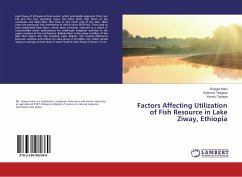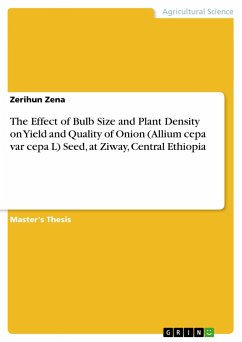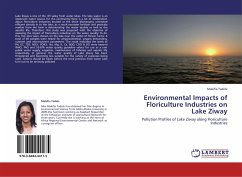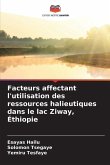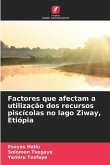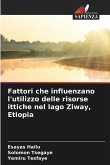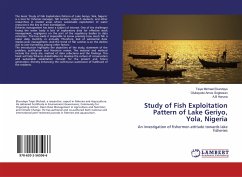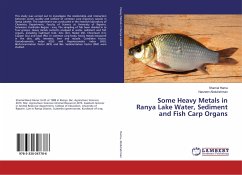Lake Ziway of Ethiopia is fresh water, which principally originates from rain fall and the two incoming rivers, the Ketar River that flows at the northeast and Meki River that flow in the north end of the lake. Both rivers are perennial, the catchments of which cover 5610 km2. They used to have substantial base flows, which have, however, reduced as a result of uncontrolled water abstractions for small-scale irrigation schemes in the upper reaches of the catchments. Bulbula River is the major outflow of the lake that drains into the terminal, Lake Abijata. The annual difference between outflow and inflow for Lake Ziway is 74 million m3, which would imply an average annual drop in water level of Lake Ziway of about 15 cm.
Bitte wählen Sie Ihr Anliegen aus.
Rechnungen
Retourenschein anfordern
Bestellstatus
Storno

